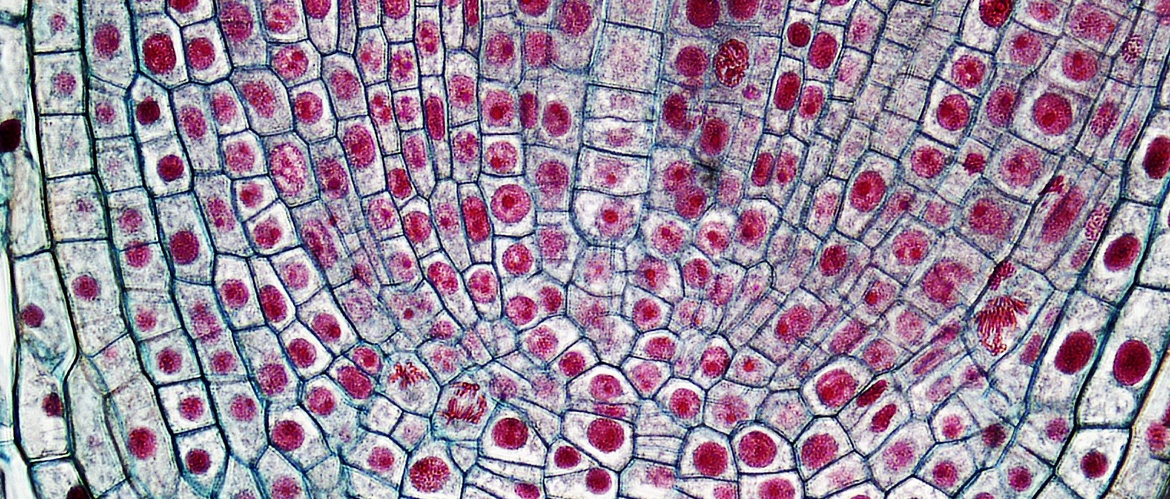
Choose a channel
Check out the different Progress in Mind content channels.

Progress in Mind

Enhancing neuroimaging genetics through meta-analysis (ENIGMA) does exactly what its expanded acronym suggests. A variety of findings from the ENIGMA consortium in patients with schizophrenia were reported during SIRS 2019 by Jessica Turner, Imaging Genetics and Informatics Laboratory, Georgia State University, Georgia, USA.
Imaging neurogenetics allows the direct observation of the link between genes and brain structure/activity; and the overall idea is to identifying common variants in single nucleotide polymorphisms in patients (with a common diagnosis) and a common underlying brain image. The imaging techniques used include magnetic resonance imaging (MRI), functional MRI (fMRI) and MRI- diffusion tensor imaging (DTI).
Professor Turner explained that the ENIGMA consortium is comprised on many different research groups, who pool and share their data. The data remain the property of each group, but each undertakes the same stringently-controlled analyses to allow each individual group’s data to be included in giant meta-analysis. With the power of increased patient numbers; the data gained means that traits can be measured, and sometimes findings that would otherwise not have been uncovered come to light.
And coming to light they are. Already ENIGMA working groups have published valuable data on 9 different psychopathologies, including schizophrenia. Typical of most working groups, the study order is conducting a subcortical, a cortical, a genetic analysis, and possible cross-disorder analysis. Secondary analyses typically follow thereafter. “To date, we’ve skirted the genetic studies,” Professor Turner told delegates. But, as she reported, the other approaches have yielded interesting findings.
The subcortical analysis, which compared 2028 patients with schizophrenia with 2540 controls was important because, as Professor Turner explained, it established the effect size. It could be seen that the hippocampus, the amygdala and thalamus were the main areas that differed between groups. Nothing of great surprise; but the techniques used, and their validity were verified independently, something in itself of great value.
Cortical analyses have since been published, further demonstrated the broad value of such join initiatives. Data from 9572 subjects, 4474 of whom with schizophrenia showed that; compared with controls, patients with schizophrenia had a widespread thinner cortex and smaller surface area. The largest effect sizes for both were noted in frontal and temporal lobe regions. Regional group differences in cortical thickness remained significant when statistically controlling for global cortical thickness; suggesting regional specificity is real. In contrast, effects for cortical surface area appear global.
Patients with schizophrenia exhibited a widespread thinner cortex and smaller surface area
ENIGMA studies using DTI techniques have also recently been published, and is the first such large-scale coordinated study of white matter microstructural differences in schizophrenia to be conducted. A total of 2359 controls and 1963 patients with schizophrenia were gathered from 29 independent study groups. Significant reductions in fractional anisotropy in schizophrenia patients were widespread, and detected in 20 of 25 regions of interest within a white matter skeleton; representing all major white matter fasciculi. Effect sizes varied by region; the anterior corona radiata and corpus callosum body and genu showed greatest effects, while significant decreases were observed in virtually all other regions analyzed.
The anterior corona radiata and corpus callosum body and genu showed greatest effects, while significant decreases were observed in virtually all other regions analyzed
As well as studying gray and white matter, an association of 21 ENIGMA sites have conducted a meta-analysis of subcortical shape to determine whether brain volume in patients with schizophrenia is affected equally at all points or whether are there areas of expansion and contraction. It appears that, within the hypothalamus for example, both expanded and contracted areas seem to be present. Data from this study with more regional details have been submitted for publication.
Following the preparation of factors to permit conversion between the various scales used to assess functionality, symptoms and structure comparisons have also been made. Thus, thinning in the prefrontal cortical and superior temporal gyrus regions appear associated with negative and positive symptoms, respectively, in patient with schizophrenia. A DTI meta-analysis has also reported a significant relationship between cognitive functioning and white microstructure.
Thinning in the prefrontal cortical and superior temporal gyrus regions appear associated with negative and positive symptoms, respectively
Interestingly, in the cortical studies, cortical thickness effect sizes were two to three times larger in patients receiving antipsychotic medication compared to non-medicated patients. Subcortical studies are also showing signals of differential structure affects between medicated and non-medicated patients. However, it should be noted that, like duration of illness and ageing, obtaining consistently reliable data from each participating group retrospectively can be challenging.
In the future, this large-scale collaborative approach affords an excellent means of undertaking exploratory analyses not only in schizophrenia but also in many other psychiatric illnesses. It is open to everyone - regardless of the numbers of patients to contribute – provided the memorandum of understanding rules are adhered to.
Cortical thickness effect sizes were two to three times larger in patients receiving antipsychotic medication compared to non-medicated patients
Our correspondent’s highlights from the symposium are meant as a fair representation of the scientific content presented. The views and opinions expressed on this page do not necessarily reflect those of Lundbeck.